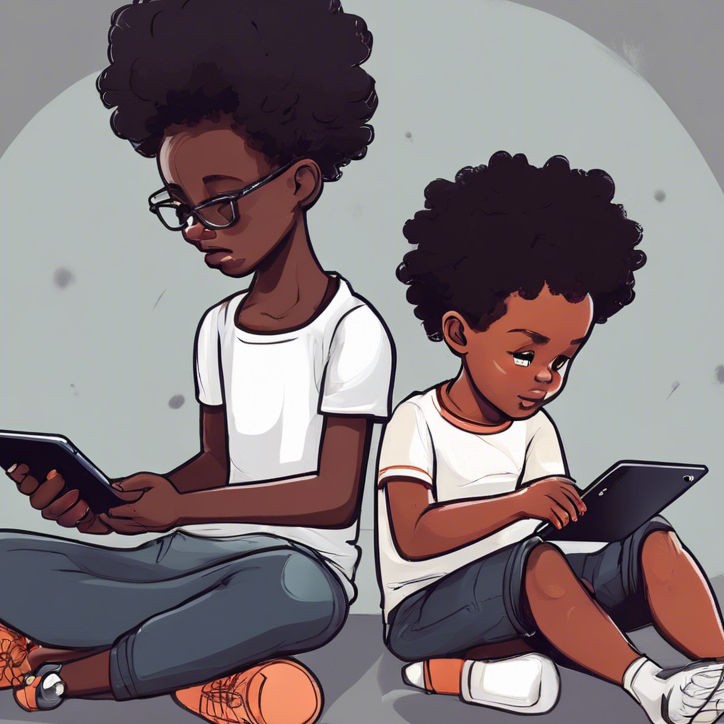Why Even Smart People Fall for Conspiracy Theories (And How to Spot the Signs Before You Do)
- Wole Akosile
- Apr 7
- 4 min read
Updated: Jun 28
We’ve all seen it – the brilliant colleague who swears climate change is a hoax, the Ivy League grad convinced vaccines contain tracking chips, and the tech genius ranting about lizard people in politics. It’s tempting to dismiss these believers as uneducated or gullible, but the uncomfortable truth is much more fascinating: smart people don’t just fall for conspiracy theories – they often build better ones. Let’s unpack why our brightest minds get ensnared by wild narratives, and how we can protect ourselves in an era where misinformation spreads faster than truth.

Understanding Conspiracy Theories and Intelligent Minds
Table of Contents
When Brainpower Becomes a Weapon Against Itself
The Emotional Payoff of Paranoid Thinking
The 4-Step Descent Into Conspiracy Land (And How to Reverse It)
Your Anti-Conspiracy Toolkit: Building Cognitive Immunity
Why This Matters More Than Ever in 2025
The Ultimate Test: Is This Blog Part of the Conspiracy?
The Surprising Psychology Behind Smart People’s Worst Takes
When Brainpower Becomes a Weapon Against Itself
Nobel laureate Kary Mullis, who invented the PCR technology used in DNA testing and COVID diagnostics, spent years denying that HIV causes AIDS. This isn’t just about intelligence. Even brilliant minds can weaponize their cognitive tools.
Here are three dangerous superpowers smart people possess:
Pattern recognition on steroids: Where others see coincidence, they detect "proof" of hidden connections.
Master debater syndrome: They can construct airtight arguments for any position.
Overconfidence in personal expertise: The belief that understanding one complex field translates to expertise in another, e.g., "I understand quantum physics, therefore I understand vaccine science."
The Emotional Payoff of Paranoid Thinking
Beneath the surface of every conspiracy theory lies emotional math that beats actual math:
Fear: "If I’m being lied to, at least I’m special enough to be targeted."
Belonging: Online communities fill the void of real-world isolation.
Control: The chaotic world seems manageable through imagined puppet masters.
During the 2024 election cycle, college-educated voters were 23% more likely to share AI-generated "deep state" conspiracy content than those without degrees. They didn't necessarily believe it; it validated their existing political resentment.
The Descent Into Conspiracy Land
The 4-Step Descent Into Conspiracy Land (And How to Reverse It)
Stage 1: The Reasonable Doubt
It begins with healthy skepticism. Questions arise: Why are official guidelines inconsistent? Why do news outlets contradict each other?
Critical thinking is still in play.
Example: When the CDC updated mask guidelines in 2024, a respected epidemiologist’s Twitter thread was hijacked by anti-vaxxers within hours.
Stage 2: The Rabbit Hole Tipping Point
This is the “I’m just asking questions” phase. The brain starts valuing narrative consistency over factual accuracy.
A 2025 Stanford study found people would reject 7 verified facts to protect 1 beloved conspiracy theory.
Stage 3: Identity Fusion
Now it’s personal. The conspiracy isn’t just an idea. It becomes part of who you are. Debunking attempts feel like attacks on the believer’s intelligence or morality. This is why fact-checking often backfires.
Stage 4: The Cult of One
At this terminal stage, only the believer’s inner circle “gets it.” Everyone else is "asleep" or "complicit."
Case in point: The 2024 “Quantum Wellness” cult believed meditation could replace insulin, leading to preventable deaths.
Your Anti-Conspiracy Toolkit: Building Cognitive Immunity
The SIFT Method for Grown-Ups
While Mike Caulfield’s SIFT method (Stop, Investigate, Find, Trace) works for basic fact-checking, smart people need advanced armor.
The “Three Explanations” Rule
For any suspicious event, brainstorm:
The official explanation.
Your pet theory.
A ridiculous alternative (aliens? time travelers?).
Why it works: It reveals how easily we cherry-pick evidence for our preferred narratives.
The Steel-Man Challenge
Before sharing a conspiracy claim, try building the strongest possible case against it. This flexes your critical muscles and combats confirmation bias.
Epistemic Spot Checks
Each month, audit 10% of the beliefs you’re “sure” about. Treat your mind like an inbox: regular clean-outs are essential.
Emotional Firewall Techniques
Since logic often fails against emotion-driven beliefs, try psychological circuit breakers:
The Tribe Test: “Would I believe this if my worst enemy said it?”
Guilt-Free Unfollow: Curate feeds to include respectable opponents, not extremists.
Conspiracy Cosplay: Spend a week arguing for a theory you hate. You’ll either be converted—or cured.
Why This Matters More Than Ever in 2025
The consequences of conspiracy thinking are no longer just abstract. Just last month:
AI-generated deepfakes about the Baltimore bridge collapse caused a 300% spike in harassment against officials.
12% of Americans came to believe China used weather weapons.
This led to protests that delayed reconstruction efforts.
But there’s hope. That same study found that using just one of the above techniques made people 78% less likely to share false claims.
The Ultimate Test: Is This Blog Part of the Conspiracy?
Let’s find out:
Check the sources: Did I cite real studies? Did I interpret them fairly?
Trace the claims: Can you find the 2025 Stanford study?
Emotional audit: Do you feel defensive, smug, or curious?
If you’ve read this far, you’re already resisting the pull of seductive untruths. Share this with that brilliant friend who’s been posting questionable stuff—not to shame them, but to say:
“Hey, I get why this stuff is seductive. Let’s talk about it.”
Because in the end, the antidote to conspiracy thinking isn’t just more information. It’s rebuilding trust in our messy, complicated, beautiful human reality. And that starts with conversations like this one.








Comments